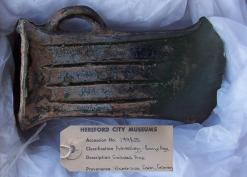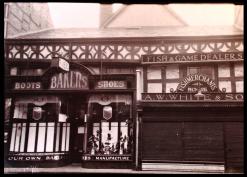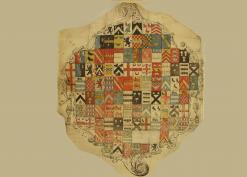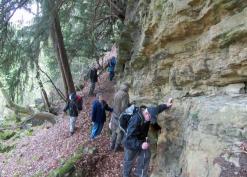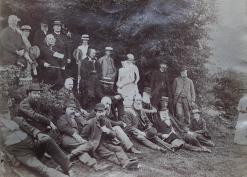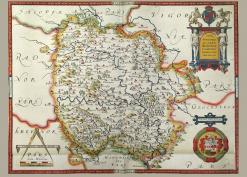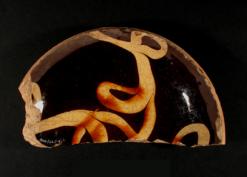Neolithic pottery
Neolithic pottery found in Herefordshire
Although pottery was invented in the mesolithic (middle stone) age in western Europe it is considered as part of the 'neolithic package' which included herding, arable farming, polished stone axes and timber houses.
Pots are commonly round-based. There are several classifications of pottery, changing through time and region - Windmill Hill type ware, Peterborough Ware (Impressed Ware) and Grooved Ware being much debated terms.
Lipid analysis of residues on potsherds suggest that dairying was an important component of the neolithic in Britain and that many of the pots were used for milk. Other residues suggest that pots were also used for alcohol and hallucinogenics.
At Dorstone Hill above the Golden Valley what was originally a seasonal ritual site may have later become a settlement (1). The pottery has been classified as being of the Western Neolithic tradition. This is plain or has very little decoration and dates from the early and middle neolithic.
Other pottery has been found at Wellington Quarry, Wellington, where 1000 sherds, representing at least 26 vessels were found in a group of pits (2).
A neolithic hill-top enclosure at Bodenham discovered in 2005/2006 produced little in the way of pottery although crushed sherds of a locally-made early neolithic round bottomed bowl were found in the primary fill of one of the ditches (3).
©Woolhope Naturalists' Field Club, Herefordshire
1 - Frank Olding, 2000, 'The Prehistoric Landscape of the Eastern Black Mountains' British Archaeological Reports, British Series 297. Oxford: Archaeopress.
2 - Pits, Pots, Places and People: approaching the Neolithic at Wellington Quarry', Robin Jackson in 'The Undiscovered Country: The Earlier Prehistory of the West Midlands' edited by Paul Garwood, Oxbow Books, 109 – 122.
3 - Peter Dorling, The Lugg Valley, Herefordshire: Archaeology, Landscape Change and Conservation, Herefordshire Archaeology, Herefordshire Council, pages 24 – 25.
